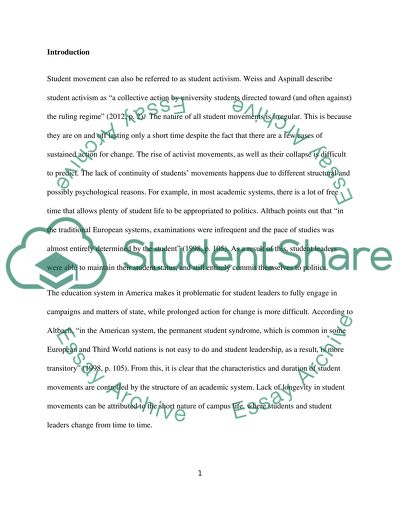Cite this document
(“Omparison between Chinese student protest and British student protest Essay”, n.d.)
Omparison between Chinese student protest and British student protest Essay. Retrieved from https://studentshare.org/sociology/1403788-omparison-between-chinese-student-protest-and-british-student-protest
Omparison between Chinese student protest and British student protest Essay. Retrieved from https://studentshare.org/sociology/1403788-omparison-between-chinese-student-protest-and-british-student-protest
(Omparison Between Chinese Student Protest and British Student Protest Essay)
Omparison Between Chinese Student Protest and British Student Protest Essay. https://studentshare.org/sociology/1403788-omparison-between-chinese-student-protest-and-british-student-protest.
Omparison Between Chinese Student Protest and British Student Protest Essay. https://studentshare.org/sociology/1403788-omparison-between-chinese-student-protest-and-british-student-protest.
“Omparison Between Chinese Student Protest and British Student Protest Essay”, n.d. https://studentshare.org/sociology/1403788-omparison-between-chinese-student-protest-and-british-student-protest.


